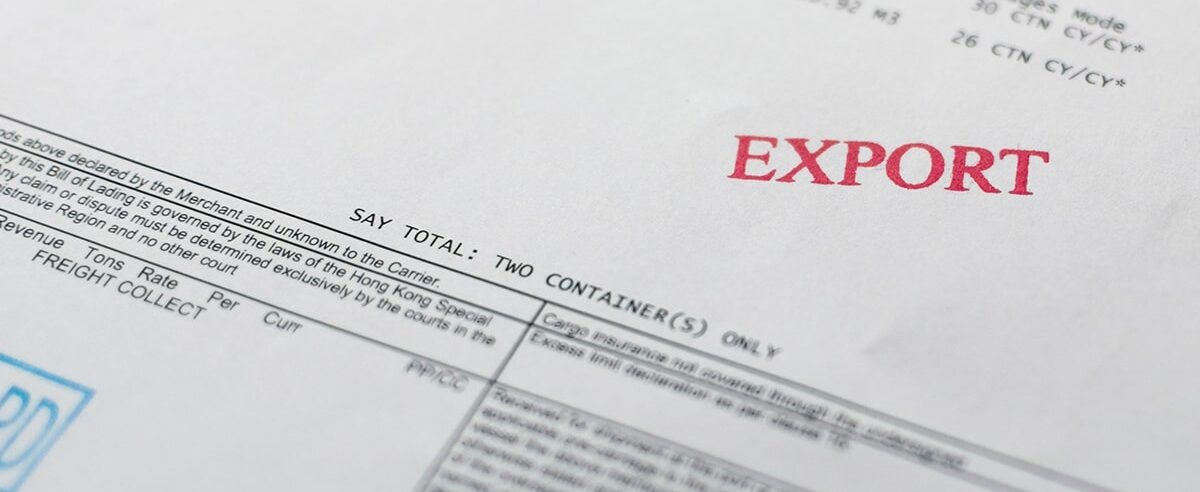
In the realm of international maritime shipping, the Bill of Lading (BOL) is an essential legal document. It serves not only as a receipt for the shipment of goods but also as a proof of ownership, in addition to being a key component of the contract of carriage between the shipper and carrier. Understanding the details within a BOL is crucial for ensuring the smooth operation of international trade. In this blog post, we will delve into the important elements of the Bill of Lading and its role in maritime shipping.
The Bill of Lading has three primary functions: it acts as a receipt for the shipment of goods, evidencing that the cargo has been loaded on board as per agreed terms; it serves as evidence of the contract of carriage, detailing the terms and conditions under which the goods are transported; and it is a document of title for the goods, which can be transferable.

Shipper and Consignee Information
The BOL lists the details of the shipper (sender) and consignee (receiver). This information is crucial for customs clearance and delivery of goods.
Description of Goods
This includes the type, quantity, weight, and volume of the goods. Accurate descriptions are vital for customs declarations, insurance, and handling of the cargo.
Loading and Discharge Ports
The Bill of Lading specifies the ports of loading and discharge, essential for planning the transportation route.
Terms of Carriage and Charges
The BOL details the terms of carriage, including freight charges, surcharges, and payment conditions.
Bill of Lading Number
Each BOL has a unique number used for tracking and managing the cargo.
Straight Bill of Lading
A straight BOL is used when the goods are to be delivered directly to the specified consignee without a change of ownership.
Transshipment Bill of Lading
This type is used when goods need to be transferred to another vessel during the journey.
Order Bill of Lading
An order BOL is a transferable document and can be endorsed to another party.
The Bill of Lading is a legally binding document, critical in resolving issues such as loss, damage to the cargo, or disputes in transportation.
The Bill of Lading plays an extremely important role in international maritime shipping. For businesses or individuals engaged in international trade, understanding every detail of the BOL is vital to ensure that your goods are transported safely, punctually, and in compliance with regulations. Proper handling of the Bill of Lading not only helps in avoiding potential legal risks but also ensures the smooth and efficient progress of the entire transportation process.

Wing Shipping offers various logisticssolutions for Chinese exports, including air,sea, and rail freight. We promote tradebetween China and the world, contributingto the development of your business.
Wing Shipping offers various logistics solutions for Chinese exports, including air, sea, and rail freight. We promote trade between China and the world, contributing to the development of your business.
Copyright 2024 Wing-Shipping. All Rights Reserved.